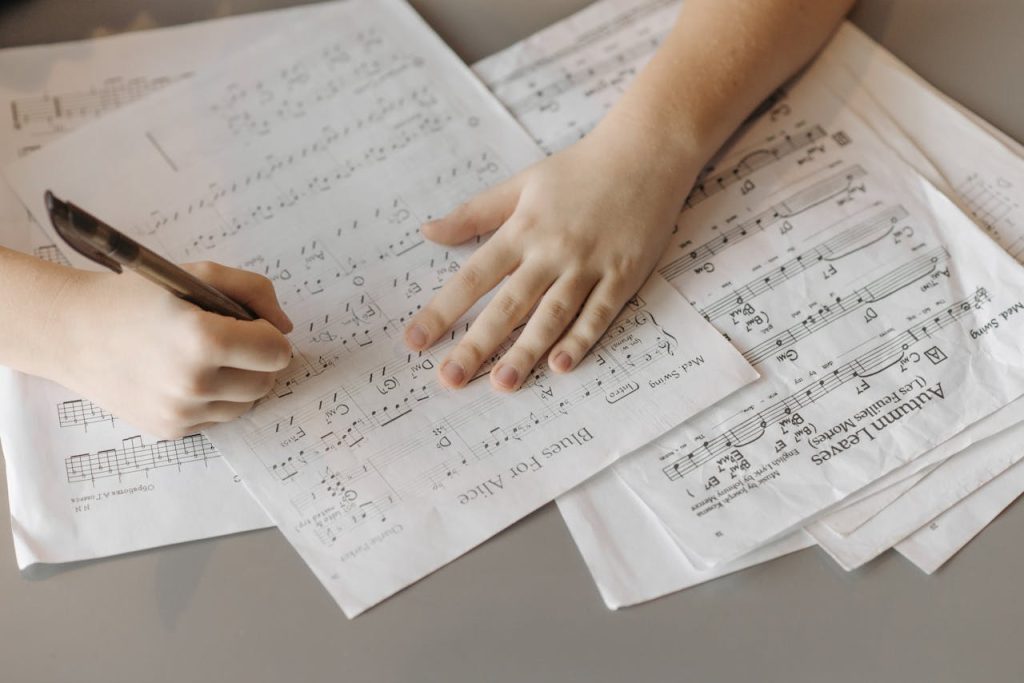In today’s fast-paced world, piano students (and their parents!) are always looking for ways to make learning more fun, efficient, and engaging. One of the biggest game-changers? Artificial Intelligence. From smart apps to real-time feedback tools, AI is transforming how we approach music education—especially when it comes to personalized piano practice.
Let’s break down what that means—and why it matters more than ever.
🤖 What Is AI in Piano Learning?
AI (Artificial Intelligence) refers to machines or software that learn and adapt, often by mimicking human thinking. In the world of piano, this means:
- Smart apps that adjust to a student’s level in real time
- Instant feedback on note accuracy, rhythm, and even dynamics
- Personalized practice plans based on a student’s strengths and weaknesses
- Sheet music scanners that can auto-simplify or transpose music
- Interactive ear training games that get smarter as you improve
In short, AI helps students learn faster and practice smarter.
🧠 Why Is AI So Effective?
As a teacher, I love using traditional methods—scales, sight-reading, ear training, music theory, etc. But AI brings something new: data-driven insight.
Imagine this:
- A student plays a scale, and the app instantly shows what note was flat or rushed
- The app recommends exercises based on your recent struggles
- Sight-reading practice adjusts to your reading speed
- A beginner gets custom song recommendations that fit their level—not just “Hot Cross Buns”!
This means practice time is better spent—and students feel encouraged instead of overwhelmed.
🎼 My Favorite AI-Enhanced Tools
If you’re curious to try this out, here are a few tools that are gaining popularity:
- Simply Piano / Yousician – Great for beginners. They “listen” to your playing and offer instant feedback.
- Flowkey – Offers guided lessons + song breakdowns. Good balance of visual + aural learning.
- Tonara – A practice management app with teacher-student interaction, real-time scoring, and gamification.
- PlayScore 2 – Snap a photo of sheet music, and it plays it back using AI!
- Piano Marvel – Great for sight-reading practice, with a “Standard Assessment of Sight Reading” (SASR) built in.
(Note: I’m not sponsored—just sharing tools my students have enjoyed!)
👩🏫 Does This Replace a Real Teacher?
Absolutely not.
AI is powerful, but it can’t replace musical interpretation, emotional expression, or human connection. A teacher notices subtle things—posture, technique, motivation levels, personality—that an app never will.
Instead, I see AI as a practice partner. It supports what we’re doing in lessons and helps students stay engaged at home.
🚀 Final Thoughts: The Future Is Now
If you or your child is learning piano, AI tools can make the process more personalized, more fun, and more motivating. Combined with a good teacher, they create a dynamic and supportive environment where every student can thrive.
Whether you’re a tech lover or just looking for a better way to practice, exploring these tools might give your musical journey a surprising boost.

